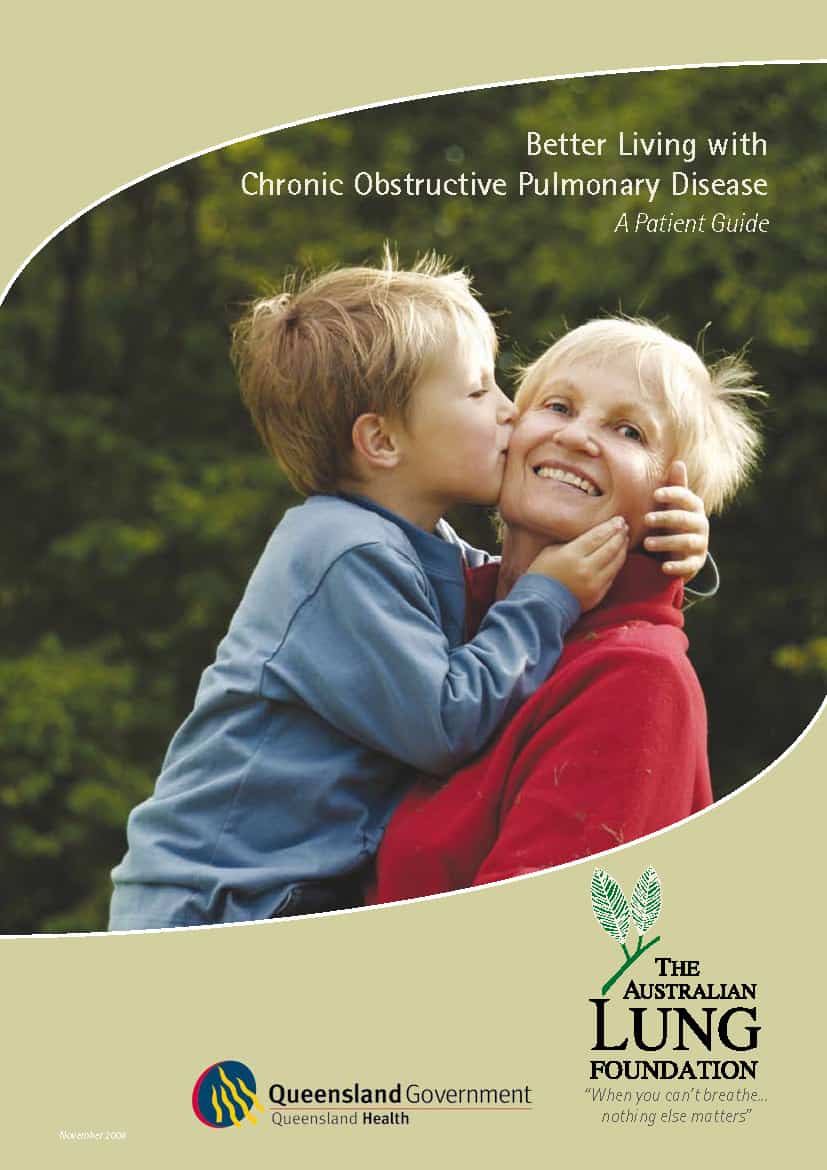In 2001, one of the first legislative actions of George W Bush was to repeal the United States ergonomics standard. At the end of his presidency there are indications that he is thinking about the regulatory impost of OHS on businesses again.
Crikey.com and others have reminded us of the Bush Administration’s plans concerning the exposure of workers to chemicals
“David Michaels, an epidemiologist and workplace safety professor at George Washington University‘s School of Public Health, said the rule would add another barrier to creating safety standards, in the name of improving them.
“This is a guarantee to keep any more worker safety regulation from ever coming out of OSHA,” Michaels said. “This is being done in secrecy, to be sprung before President Bush leaves office, to cripple the next administration.””
Propublica has reported that new rules that seem to run counter to current fatigue management guidelines elsewhere have been finalised.
“The Department of Transportation has finalized an interim rule for the number of hours a truck driver may spend on the road per day and per week. The rule, which has essentially been in effect since 2004, allows truckers to drive for 11 hours and work no more than 14 consecutive hours each day. They must rest 10 hours between shifts, and may not work more than 60 hours a week.”
An audio report from 2007 on the issue of working hours is available at NPR
It is hard to see the justification for these safety rule changes but these are just two of many changes in place or being finalised in a rush. Perhaps there is a grander strategy that the bigger perspective will show.
The actions are disappointing but not without precedent. It should be remembered that Democrat President, Bill Clinton, took full advantage of the opportunity.
In Australia and elsewhere, the movement to “cut red tape” gathers strength, it just seems that no one yet is applying the US solution of eliminating the regulatory need.
It is sad to see that throughout Bush’s tenure safety advocates and lobbyists were not able to gain concessions. It will be doubly difficulty to gain anything that may involve a cost to business in the current economic problems.
The challenge will be even greater in Australia where the Safe Work Bill has been withdrawn from Parliament and the Government is willing to weaken election commitments, such as on climate change, due to the economic context.
In just over a month’s time, we will see how new President Barack Obama acts on safety; Australia has much longer to wait.

